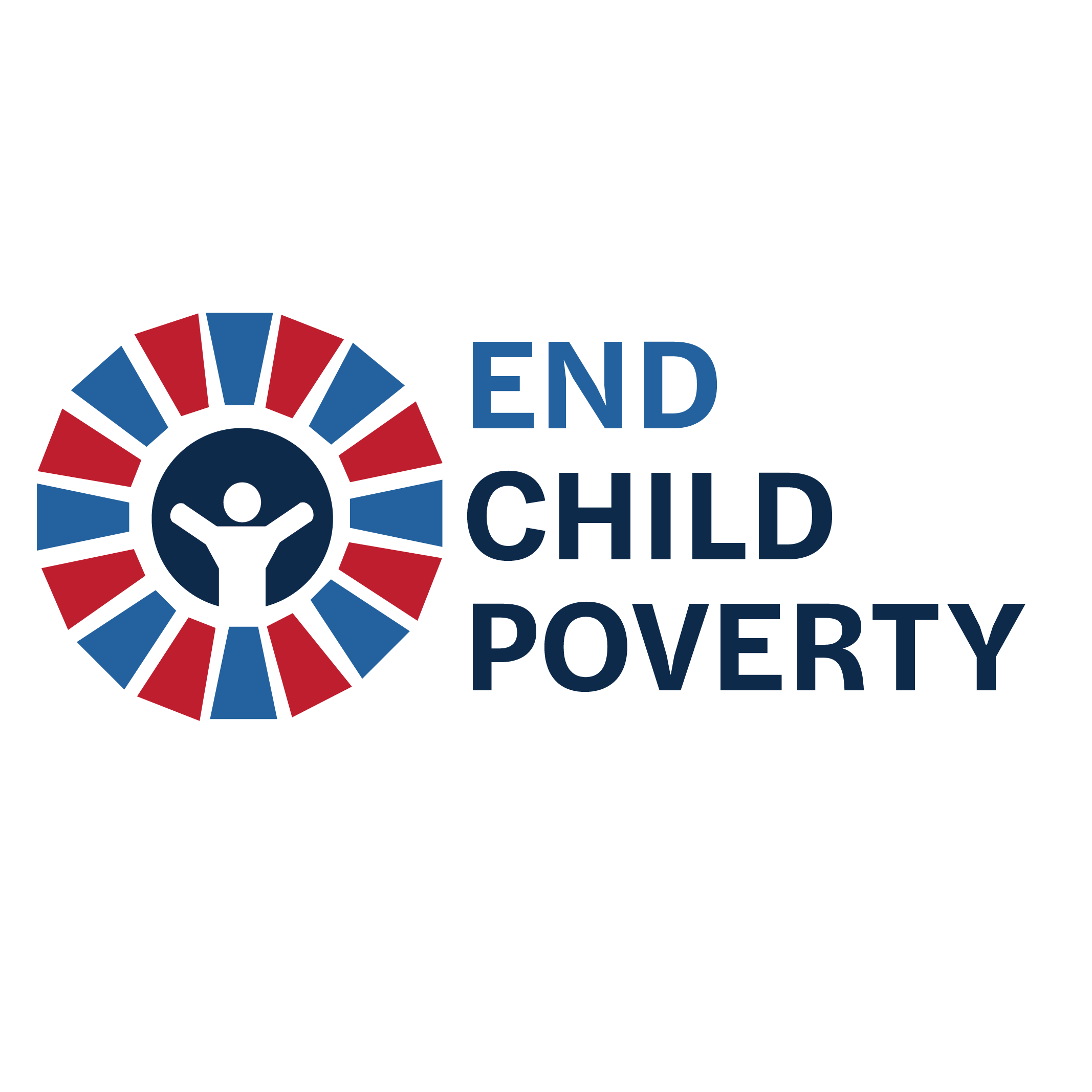WASHINGTON, July 3, 2020 — Today’s reintroduction of the Child Poverty Reduction Act of 2020 has come just in time.
The Child Poverty Reduction Act of 2020 (S. 4115/H.R. 7419), put forward by Rep. Danny Davis (D-IL) and Sen. Bob Casey (D-PA), commits to cutting child poverty in half in 10 years, just as the pandemic pushes child poverty toward record levels. The legislation also creates national, evidence-based benchmarks and monitoring to hold lawmakers accountable.
The U.S. Child Poverty Action Group, led by First Focus Campaign for Children, and a dozen of its members applaud the bill’s introduction.
“Child poverty is the shame of our nation,” said Bruce Lesley, president of First Focus Campaign for Children. “There is no reason that the richest country on earth should have one of the highest child poverty rates. In addition to being a flat-out moral failure, our reluctance to end child poverty also limits our country’s economic, social, and cultural future.”
Child poverty has remained stubbornly high in the U.S. despite strong employment and economic figures. Before the pandemic, child poverty afflicted nearly 12 million children, or 16 percent — higher than nearly any other industrialized nation. Research from Columbia University predicts that the outbreak and its economic fallout could increase child poverty by as much as 53 percent. Already, 40 percent of mothers with children under 12 reported in April they are struggling to put food on the table.
Children of color live in poverty at three times the rate of white children. And just as COVID-19 has taken a greater toll on Black, Hispanic, and Native American communities, the pandemic’s economic impact will disproportionately affect Black, Hispanic, and Native American children.
Read More

